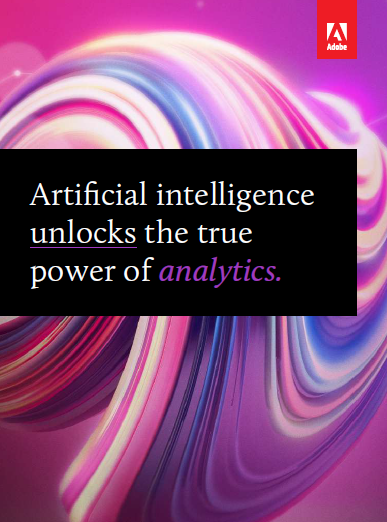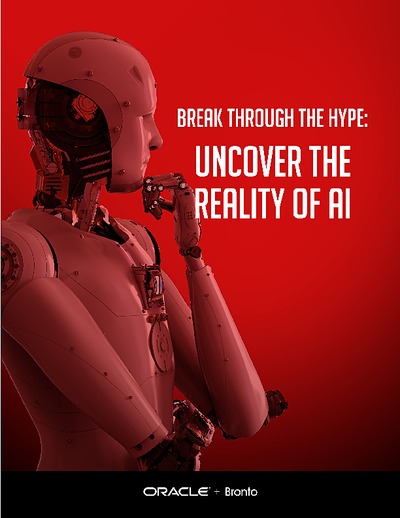The 4 critical dimensions of Next-Gen Endpoint Security in 2020
Modern Cyber security practitioners have recognized that the online threat landscape has changed and is continuously evolving. Recently there has been a lot of furore surrounding ransomware, exploits and signatureless antivirus because of the enormous increase in zero day malware. New innovative technologies and tools make it possible for hackers to infiltrate systems while also empowering security practitioners to avoid infection. These technologies, along with other processes make Next-gen endpoint security the new standardTraditional Endpoint Security
We all know the “traditional antivirus” or “Endpoint Protection”, based on what we know. Files that are known to contain malware are blacklisted via a signature so the file can be recognized. As soon as a new file is found it can be recognized and blocked by means of a scan. These solutions rely completely on the threat intelligence of the manufacturer and the regularity with which the Endpoint Protection solution is updated. Because more than a million new viruses, zero day malware, are spread every day it is extremely difficult to remain up-to-date. On average, it takes 170 days to detect an advanced attack, 39 days to contain it and 43 days to remediate it, as per a recent Ponemon Study. In order to safeguard your security architecture, it is important to take cognizance of the new emerging threats and migrate to the next generation endpoint security protection.

The following 4 critical dimensions may be kept in mind while evaluating your next gen endpoint security solution
1. IT Hygiene
IT hygiene is a foundation block for efficient security that allows you to identify and close gaps in your environment. It does this by providing the visibility and information your security and IT teams need to implement preemptive measures and make sure you’re as prepared as possible to face today’s sophisticated threats. The ability to discover, patch and update vulnerable applications and monitor login activities can give you a tremendous advantage over attackers.
2. Next Gen Endpoint Security Software
Antivirus technologies have not evolved much over the last fifteen years. Their detection model still relies on the core principles of a central repository with lists of virus “definitions” which contain the following information:
• known bad strings (typically cleartext) in the malicious file
• hashing part of or the full known bad malicious file
This signature-based approach has been called obsolete for at least a decade – Gartner dropped the AV magic quadrant in 2006, yet millions of organizations still spend billions of dollars on AV products annually. Most of these organizations also recognize that signature based AV does not catch all the sophisticated malware present today.
This is why the demand for next-gen endpoint security has increased so rapidly in recent years. This approach takes a system-centric view of endpoint security, examining every process, on every endpoint, to detect malware and block malicious tools, tactics and procedures on which attackers rely.
The key techniques that next-gen endpoint security products typically employ include:
• Signature, live-update, computer scan and host-based IPS
• Behavioral analysis
• Threat intelligence
• Ransomware protection
• Forensics and investigations
• Endpoint detection and response
• Machine Learning and AI
• Deep Learning
• Exploit Prevention
Performance is also an important factor to consider. The agent must be lightweight and have minimal CPU/RAM impact on a user’s computer
3. Cloud-Based Architecture
Delivering these crucial elements can only be accomplished via purpose-built cloud architecture. The older on-premises model simply isn’t capable of performing the tasks required of a true next-gen EPP solution, such as collecting a massive, rich data set in real time, storing it for long periods and thoroughly analyzing it in a timely manner to prevent breaches. With the cloud, it is possible to store and instantly search massive volumes of data, gaining historical context on any activity running on any managed system. Assess whether your shortlisted vendors claiming to have a cloud-based solution actually are still relying on older architectures developed primarily for on-premises systems, though perhaps retrofitted with some newer “cloud-enabled” features. It is critical to rely on a purpose-built, cloud-native solution.
4. Holistic Approach
People often focus heavily on preventing cyberattacks from happening but overlook that there are three distinct phases of a security attack: before, during and after.
No single vendor or product will provide total security. It is not uncommon to see most organizations relying on more than 30 different security products and tools to safeguard the network, while each vendor’s products working without integrating with that of others, adding further risks and increasing detection time. This leads to significant gaps in security because it creates silos of management and interoperability. Given the pervasiveness and sophistication of security threats faced by organizations today, it is important for businesses to look beyond picking individual products, and instead plan and deploy security solutions in a holistic fashion.
Tell us about your project, and we'll pinpoint the best solution for your needs.
Email Us





